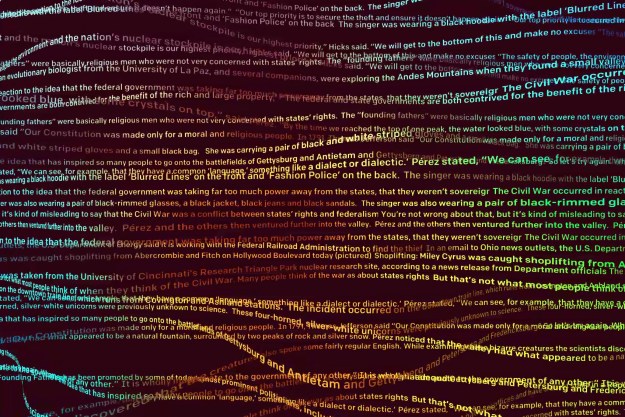Well, we’re sorry to tell you that things are about to get much, much worse!
At least, that’s based on a frankly crazy demonstration of artificial intelligence carried out by computer scientists at the University of Washington. Using a cutting-edge artificial neural network, they’ve developed an AI that’s able to produce new video footage of former President Barack Obama speaking, which perfectly matches recorded audio of him.
“We developed an algorithm that can generate a believable video of Obama from his voice, based on a recurrent neural network that learns how to do this by analyzing hours of Obama’s weekly address footage,” Dr. Supasorn Suwajanakorn, a researcher on the project, told Digital Trends. “Unlike prior work, we never require the subject to be scanned or a speech database that consists of videos of many people saying predetermined sentences. We learn this from just existing footage. This has the potential to scale to anyone with minimal effort.”

So with that being the case, why did the researchers choose the likes of Barack Obama to carry out the jaw-dropping tech demo? No, it’s not for partisan political reasons. “The technique we used — deep learning — requires lots of data,” Suwajanakorn continued. “And this dataset is well suited because it’s large: over 20 hours, easy to collect, contains only Obama in high-res, and public-domain, which is free for researchers to use.”
It’s worth noting that the researchers aren’t creating a CGI’d version of Obama from scratch. Instead, they’re doing a more sophisticated version of what the filmmakers behind a movie like Forrest Gump did with archival footage: taking existing video and then editing it to fit new dialog. In this case, that means moving Obama’s mouth to match what he’s saying in the audio — all while incorporating everything the AI has learned about his unique mouth movements to make it appear authentic.
We’re intrigued — albeit disconcerted — to see what happens when someone mixes the University of Washington’s research with this previous project, using a neural network to mimic the voice of (among others) President Obama.
See what were we saying about the future of fake news?
Editors' Recommendations
- Photoshop AI thinks ‘happiness’ is a smile with rotten teeth
- Optical illusions could help us build the next generation of AI
- Revisiting the rise of A.I.: How far has artificial intelligence come since 2010?
- The house appraiser of the future is probably an A.I. algorithm
- A.I. can spot galaxy clusters millions of light-years away


